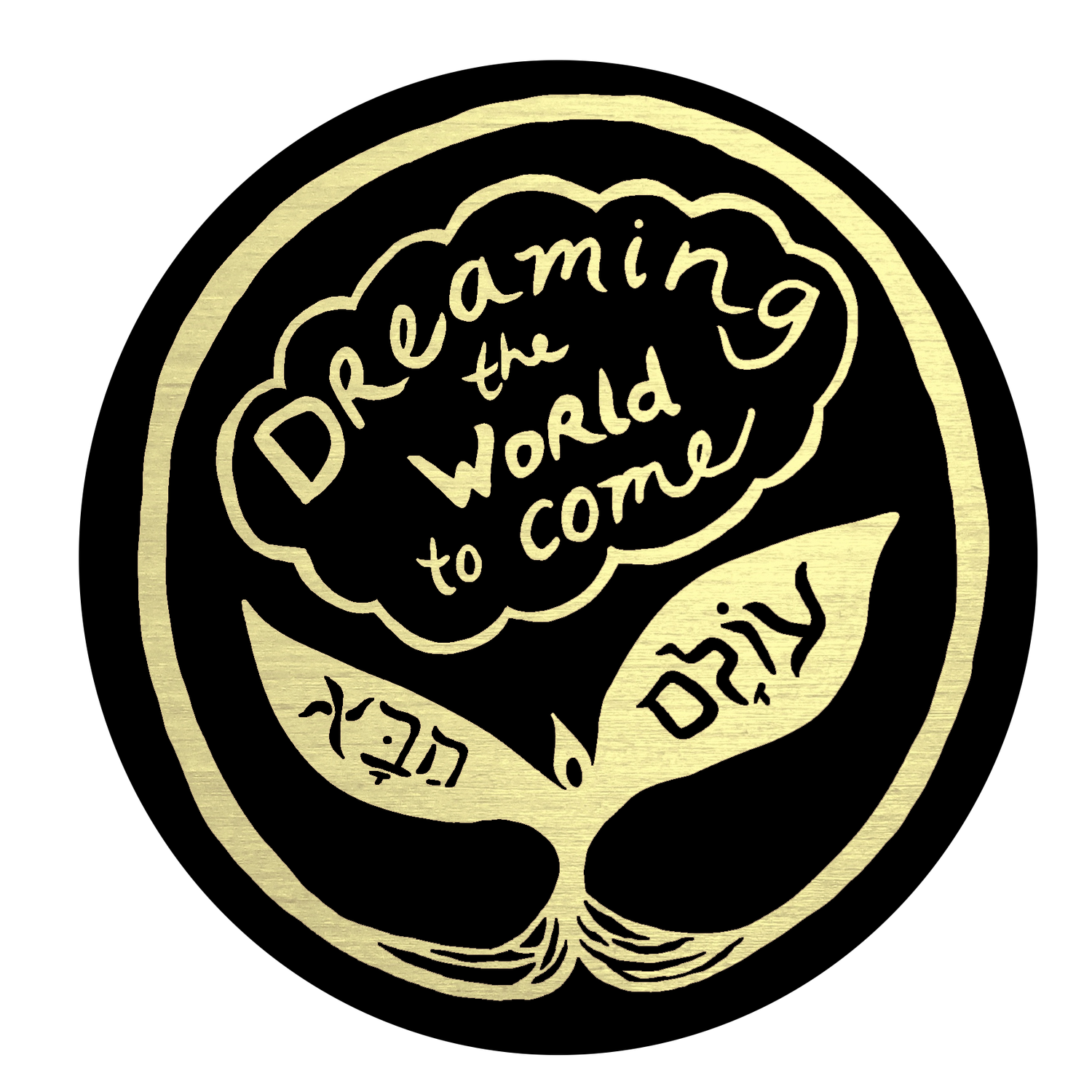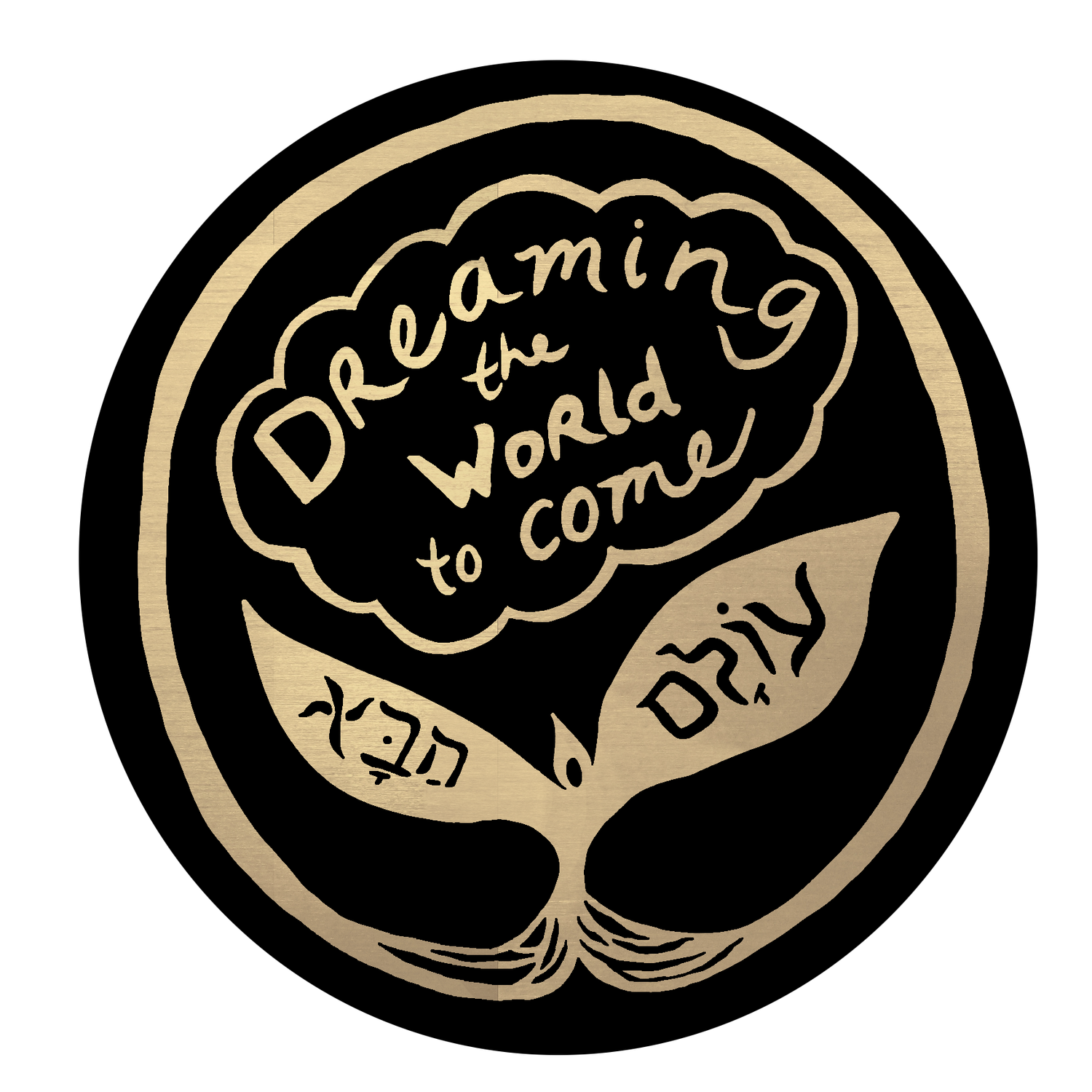Kislev ~ Olive זית zayit
This month we celebrate Chanukah (הנכה), meaning “dedication,” a holiday we can choose to interpret as a symbol of Jewish commitment to liberation. It’s traditional to eat foods cooked in olive oil to remember the miracle of a tiny cruse of oil that ended up burning for eight days when they thought it would last just one. These foods include buñuelos (Sephardic), latkes (Ashkenazi), gulab juman (Indian), fried chicken (Italian), loukoumades (Greek), fried plantains (Colombian) and many more.
The Torah tells us the story of the dove coming back to Noah with an olive branch in her mouth, signifying hope, dry land and the end of the flood. Our legends tell us this branch came from a tree from the Mount of Olives, a place where many ancient cemeteries including the Silwan necropolis (a famous burial ground) is located. This area, the modern village of Silwan, is a Palestinian village and has been one of the epicenters of Israeli violence. Given that this dove has become a universal symbol of peace, we have the opportunity with our learnings about olive to examine how we might play a role in working for peace. We can’t talk about olive trees without acknowledging the desecration, systematic and intentional destruction of Palestinian olive groves by Israeli settlers and government. As many olive trees have been the sustenance for Palestinians, we can anoint ourselves with olive oil as a dedication towards working for liberation and safety for Palestinians.
To dive deeper into learning about the plants featured in the planner, sign up for Rebekah's class: Torah, Trees & Time.


